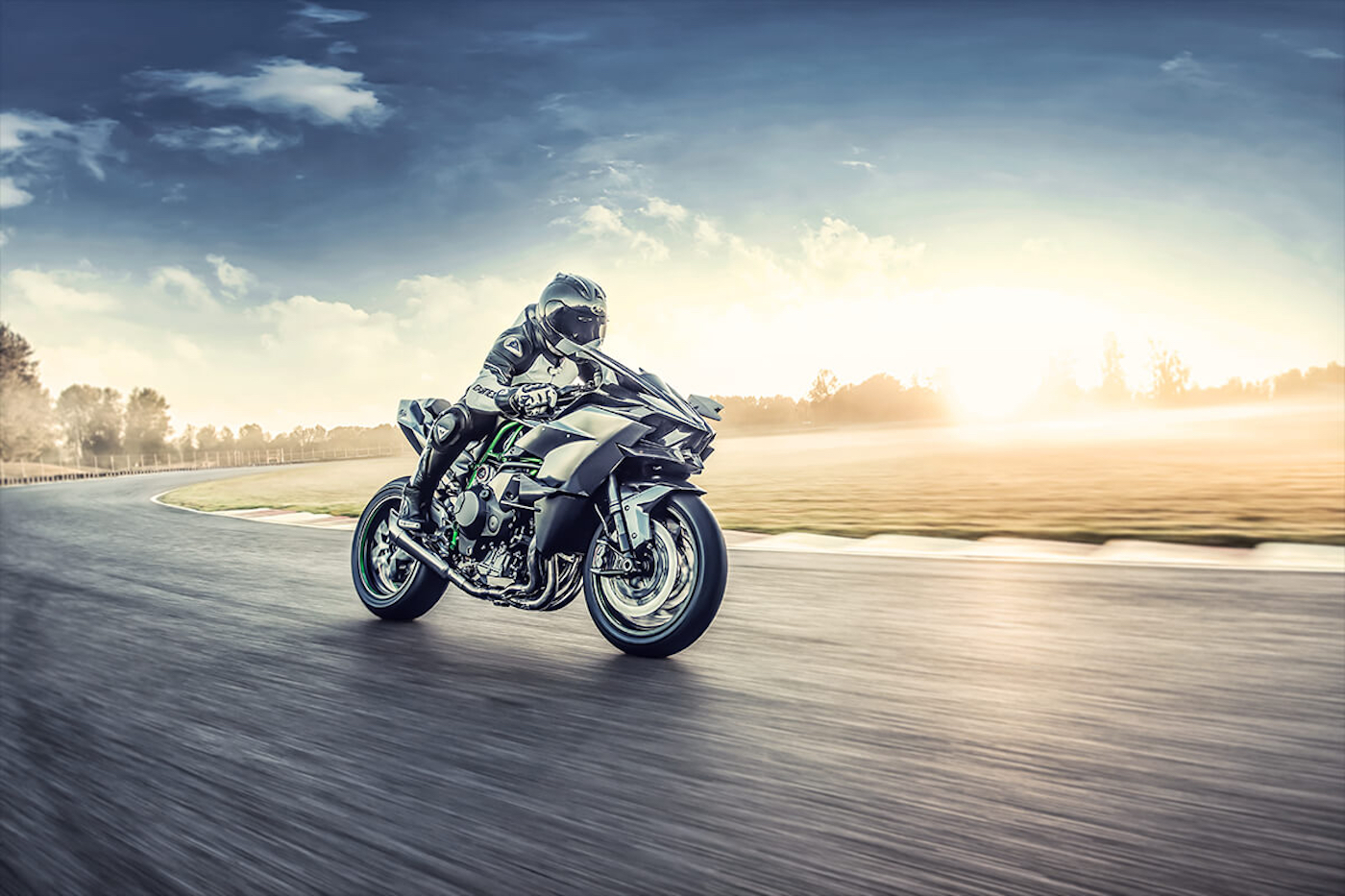
Riding a motorcycle at high speeds, especially during long tours, can be thrilling and liberating. However, many riders are unaware of the significant risks this activity poses to their hearing. Exposure to high levels of noise, primarily from wind and engine sounds, can lead to both temporary and permanent hearing loss. This article explores the effects of high-speed motorcycle riding on hearing, addressing the who, what, when, where, why, and how of this issue, supported by research and expert opinions.
What Is the Issue?
The main concern for motorcyclists is noise-induced hearing loss (NIHL). Riding at high speeds exposes riders to noise levels that can exceed 100 decibels (dB), primarily due to wind noise and engine sounds. Prolonged exposure to noise levels above 85 dB can cause permanent hearing damage. According to the National Institute for Occupational Safety and Health (NIOSH), exposure to noise above 85 dB for extended periods significantly increases the risk of hearing loss (Protect Ear, 2017).
Who Is Affected?
Any motorcyclist who frequently rides at high speeds is at risk. This includes both casual riders and those who engage in long-distance touring. The risk is not limited by the type of motorcycle or the experience level of the rider; anyone exposed to high levels of noise for extended periods is vulnerable (Motorcycle.com, 2023).
When Does It Happen?
Hearing damage can occur during any high-speed ride, but the risk increases with the duration of exposure. Riding continuously for hours at highway speeds can be particularly harmful. Even shorter rides at high speeds can cause temporary threshold shifts, where hearing ability is temporarily reduced after exposure to loud noise (Loop Earplugs, 2023).
Where Is the Noise Coming From?
The primary sources of noise are the wind and the motorcycle engine. At speeds above 50 mph, wind noise alone can exceed 98 dB. This is compounded by engine noise, especially on motorcycles with louder exhaust systems. Full-face helmets can reduce noise slightly, but not enough to prevent hearing damage at high speeds (Hearprotek, 2023).
Why Is It a Problem?
Hearing loss is not only a health issue but also a safety concern. Reduced hearing ability can affect a rider’s ability to hear traffic sounds, horns, and emergency sirens, which are crucial for safe riding. Moreover, hearing loss can impact quality of life, leading to difficulties in communication and increased isolation (Motorcycle.com, 2023).
How Can Riders Protect Themselves?
Preventing hearing damage while riding requires a combination of strategies:
- Ear Protection: Wearing high-quality earplugs is one of the most effective ways to reduce noise exposure. Earplugs with a Noise Reduction Rating (NRR) of at least 20 dB can significantly lower the risk of hearing damage. Custom-molded earplugs or flanged earplugs are recommended for better comfort and protection (Hearprotek, 2023).
- Helmets: While helmets alone are not sufficient to protect hearing, they are essential for overall safety. Full-face helmets provide better noise reduction than open-face helmets, though additional ear protection is still necessary (Protect Ear, 2017).
- Windshields and Fairings: Installing windshields and fairings can help deflect wind away from the rider, reducing wind noise. However, their effectiveness varies based on design and rider position (Motorcycle.com, 2023).
- Speed Management: Reducing riding speed, especially on long tours, can decrease noise levels. Taking regular breaks during rides can also limit overall noise exposure and give ears a chance to recover (Loop Earplugs, 2023).
- Hearing Check-Ups: Regular hearing tests can help detect early signs of hearing loss. Early intervention can prevent further damage and help manage any existing hearing issues (Hearprotek, 2023).
Conclusion
Motorcycle touring at high speeds can have serious implications for a rider’s hearing health. Understanding the sources and risks of noise exposure is crucial for taking effective preventive measures. By using ear protection, choosing appropriate riding gear, managing speeds, and undergoing regular hearing check-ups, motorcyclists can protect their hearing and continue to enjoy the freedom of the open road safely.
Sources:
- Protect Ear. (2017). While Riding, What’s in Your Ears? Retrieved from Protect Ear
- Motorcycle.com. (2023). Motorcycles and Hearing Loss. Retrieved from Motorcycle.com
- Hearprotek. (2023). Motorcycle Riding & Its Impact on Hearing. Retrieved from Hearprotek
- Loop Earplugs. (2023). Motorcycle Riding & Its Impact on Hearing. Retrieved from Loop Earplugs




